*글 하단의 '한국어 텍스트 다운로드'를 클릭하면 원문을 확인할 수 있습니다.
The 49th Page of My Sad Legend was completed over the course of a year following Chun Kyungja’s return from traversing the African continent. According to the artist herself: “the woman prostrates upon the elephant’s back, deep in thought and solitude — that is me.”
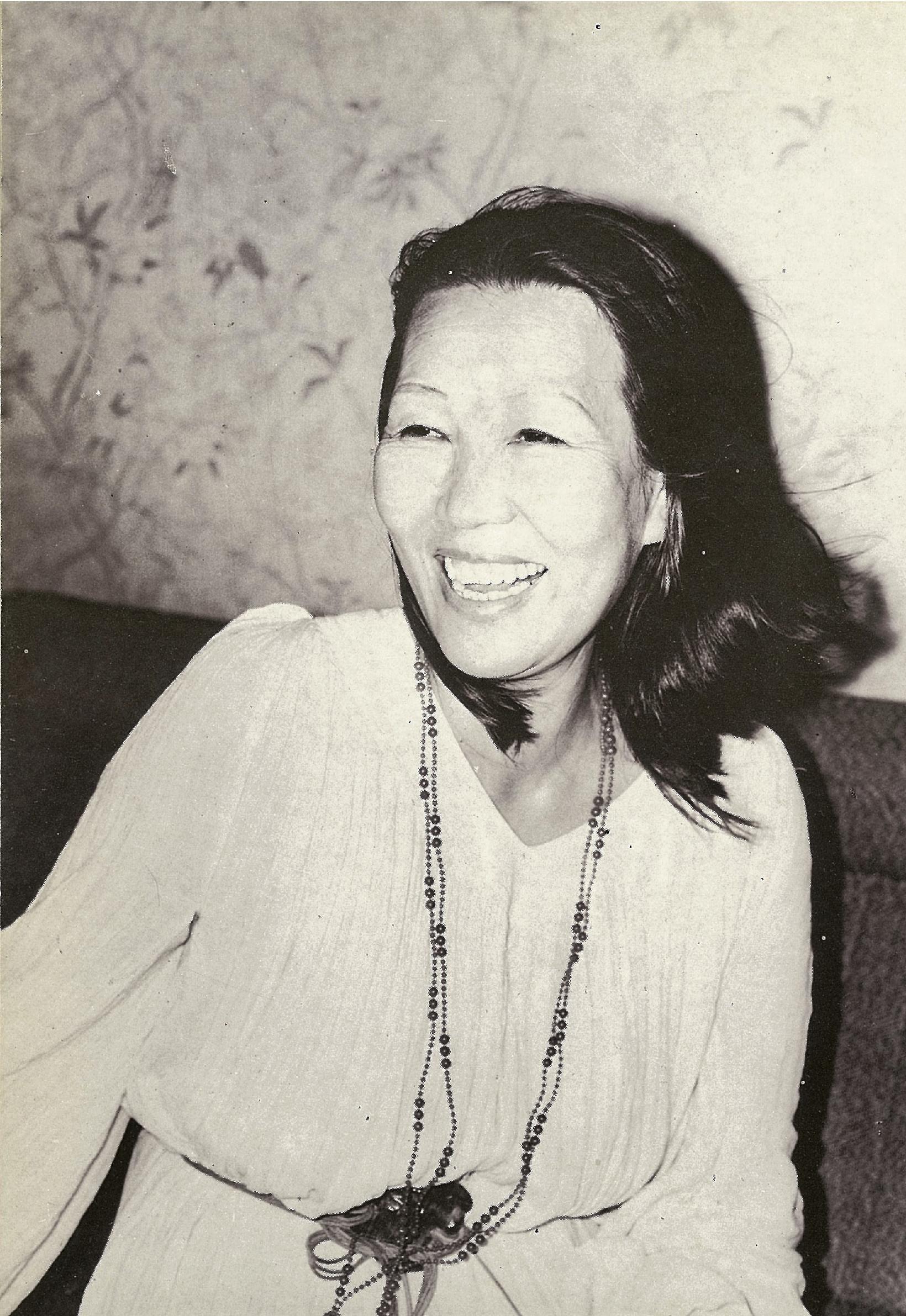
Through her original reinterpretations of subject matter like “Resentment,” “Flowers,” and “Woman,” Chun Kyungja (1924-2015) laid the groundwork for what has become today’s vibrant world of Korean color painting. Born Chun Okja in Goheung, Jeollanam-do (Southern province in Korea), the artist began using the name Chun Kyungja in 1941 as she pursued her studies at Tokyo Women’s Art School (now Joshibi University of Art and Design).
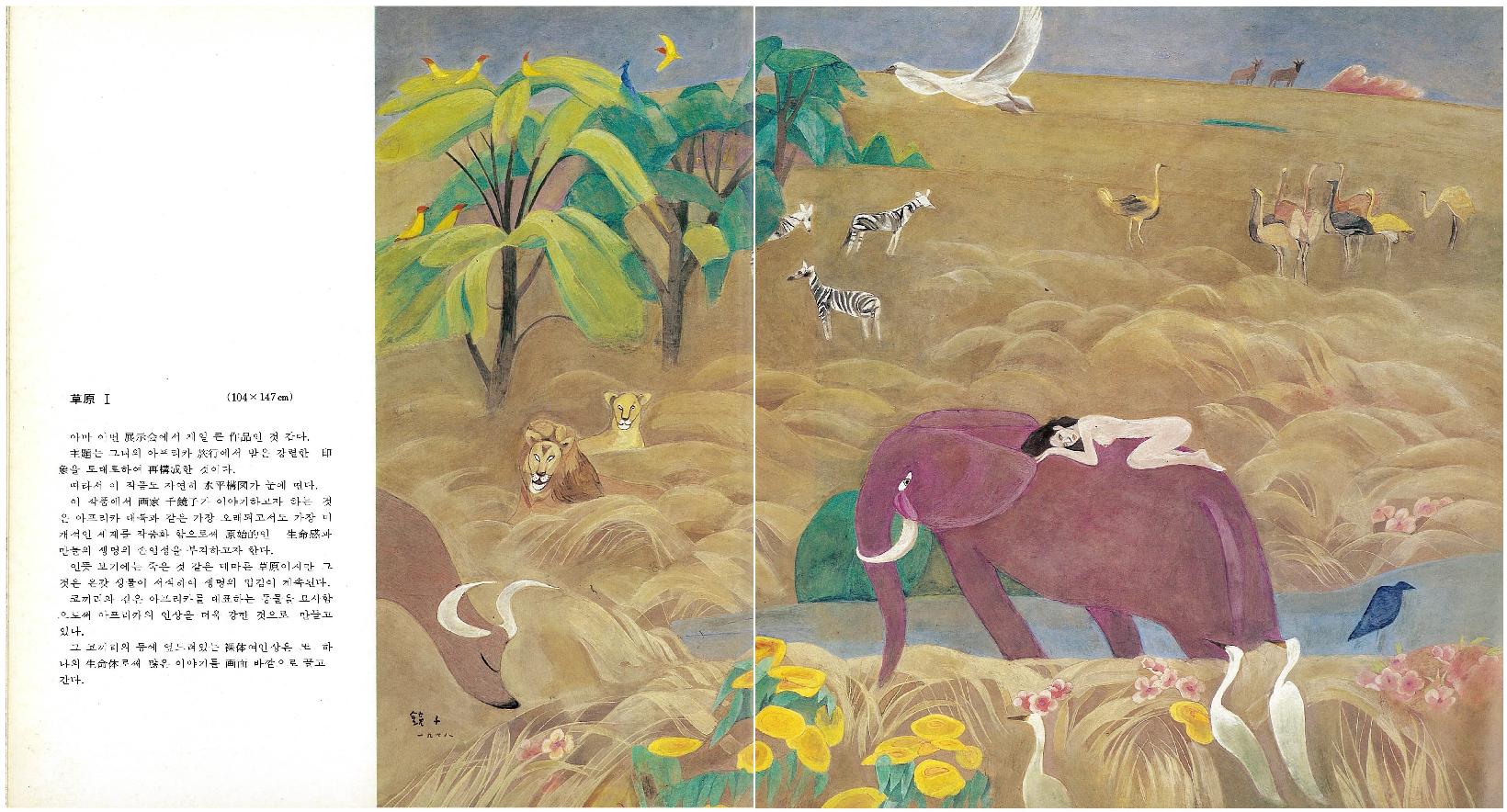
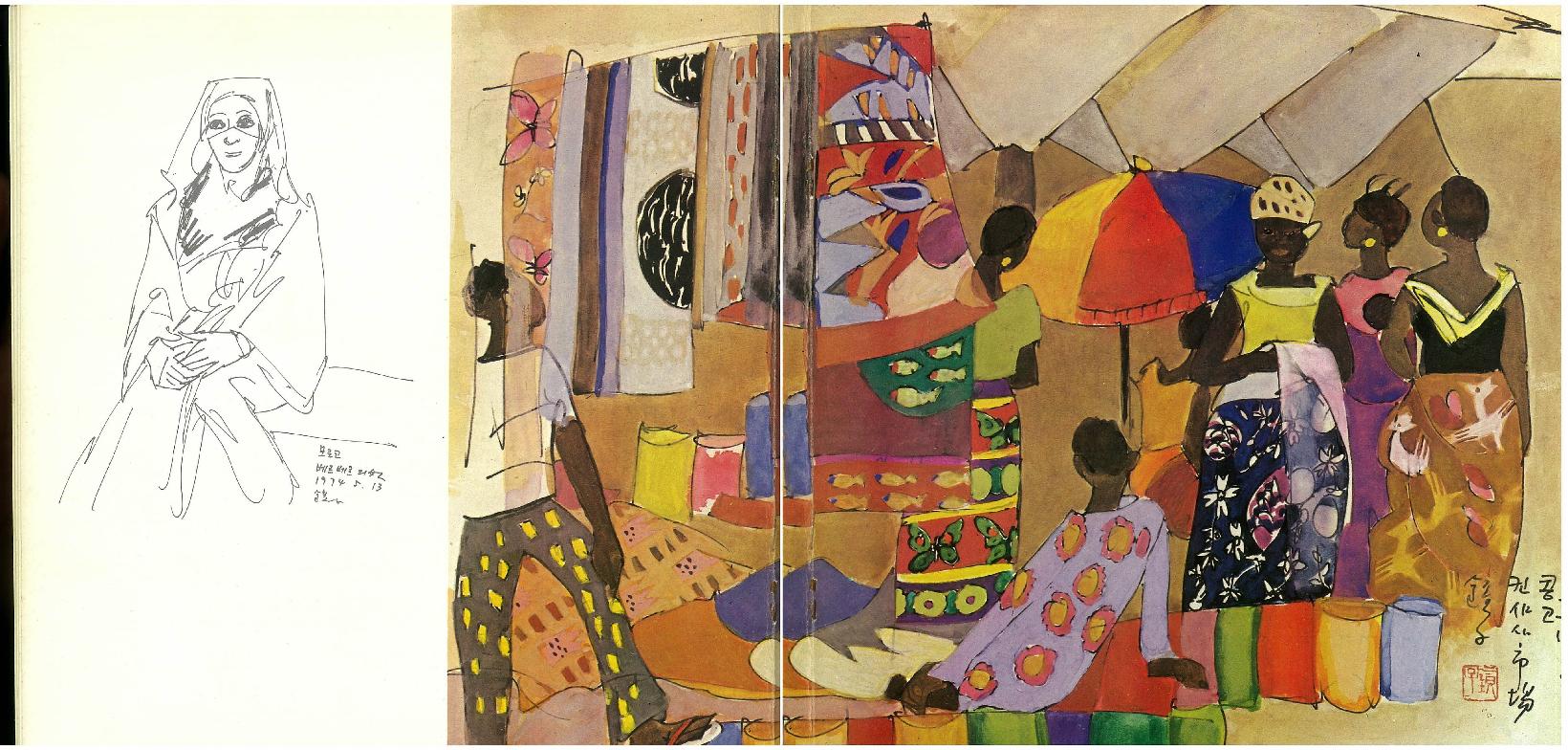
From 1970 to 1990, Chun produced numerous major works that focused on women as their subject and can be considered akin to altered self-portraits. This is because the diverse array of women depicted in her works quite directly reflect the highs, the lows and the burdens of her own life. Including the 1974 trip to Africa, Chun took twelve painting trips over 28 years to destinations like America, France, Italy, Samoa, Tahiti, India, Central and South America, Thailand, and Jamaica. While traveling, she discovered exotic scenes, nature and people and sought to capture them on canvas. At the same time, these long sketching trips in unfamiliar settings allowed the artist to unceasingly engage in her quest to find the truth of her own identity. Completed over the course of a year following her return from Africa, The 49th Page of My Sad Legend is an autobiographical work in this vein.
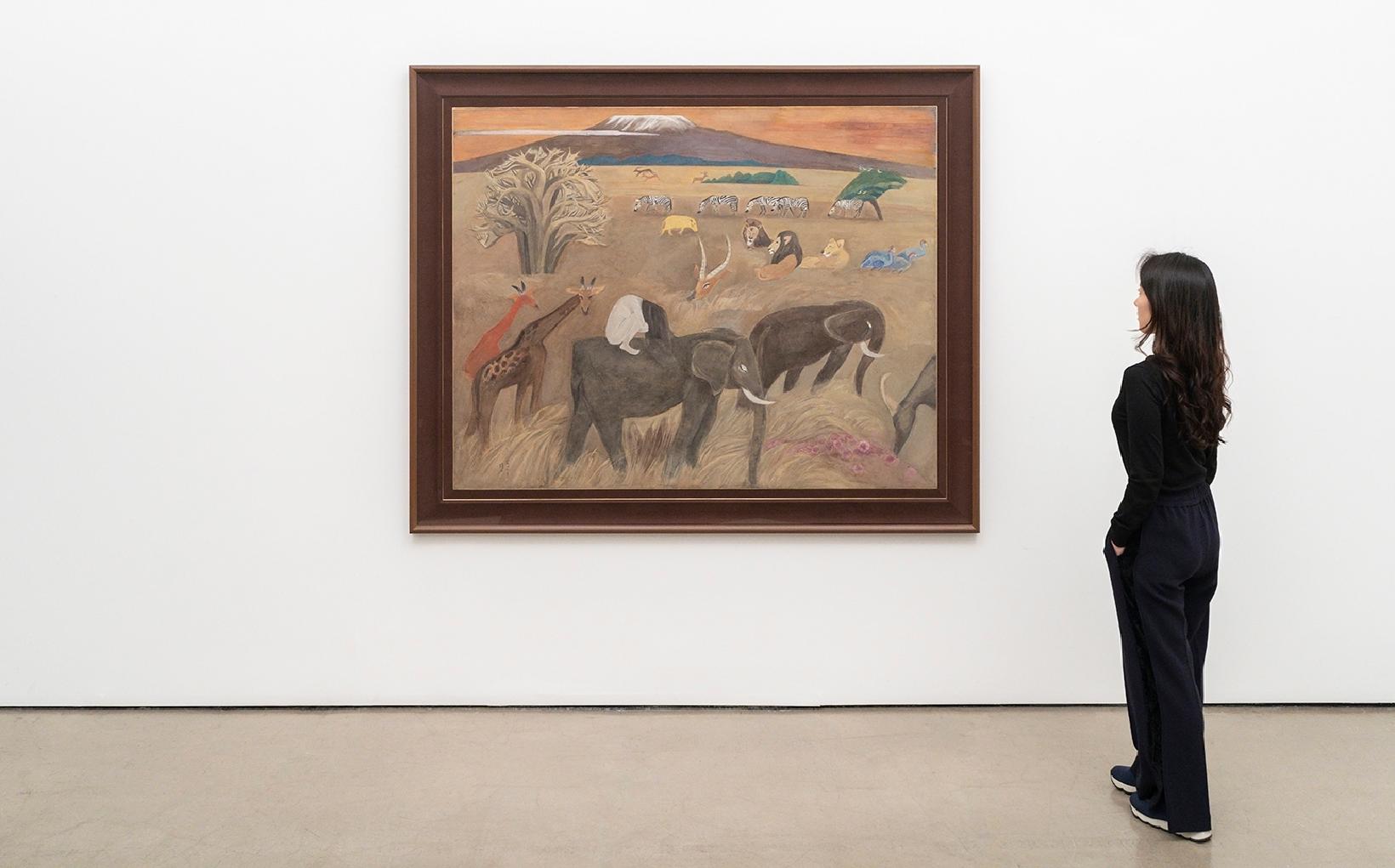
On a broad golden grassy plain are strewn a few low bushes and dry trees. Amongst them, a giraffe, an elephant, a gazelle and some lions are coexisting in peace. Far in the distance, beyond the thin clouds, a high mountain stands covered in permanent snow - a view across an African plain against the setting sun. In a flash, the viewer notices the woman. There she is, crouched atop the elephant’s back in an uncomfortable position, her long hair falling all around her.
In 1974, Chun abruptly left on a trip to Africa in an attempt to cast off the vicissitudes of her life. Her failed first marriage, coupled with a subsequent doomed love, drove her into the depths. The 49th Page of My Sad Legend is a self-portrait of the artist at the age of 49. Indeed, according to the artist herself, “the woman prostrates upon the elephant’s back, deep in thought and solitude — that is me.”

As suggested by its title, the woman atop the elephant’s back directly presents the image of the wounded self. The exact state of the naked woman in this painting remains unclear. She might be keening with grief, or simply frustrated and worn out. Still, we know that she battled successfully against the travails of life, taking her own tragic fate and transforming it into legend. For Chun, this battle always took the form of creating and painting. The year after debuting this work, Chun went on to present The 22nd Page of My Sad Legend a self-portrait of the artist at the age 22. In 1978, she published a book of essays under the same title, The 49th Page of My Sad Legend, covering the stories of darkness and woe that make up the bright, splendid colors that dominate her works.
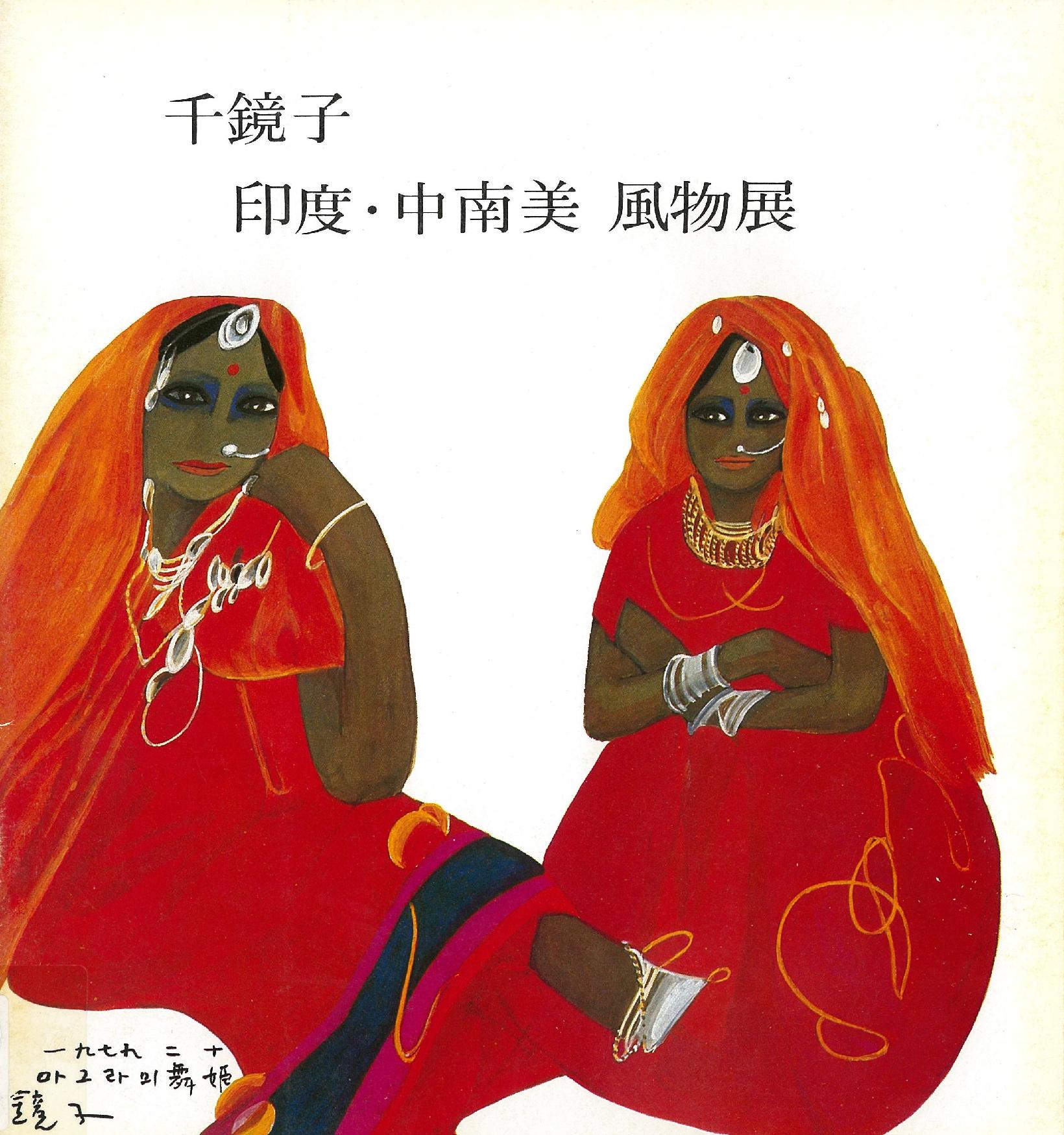
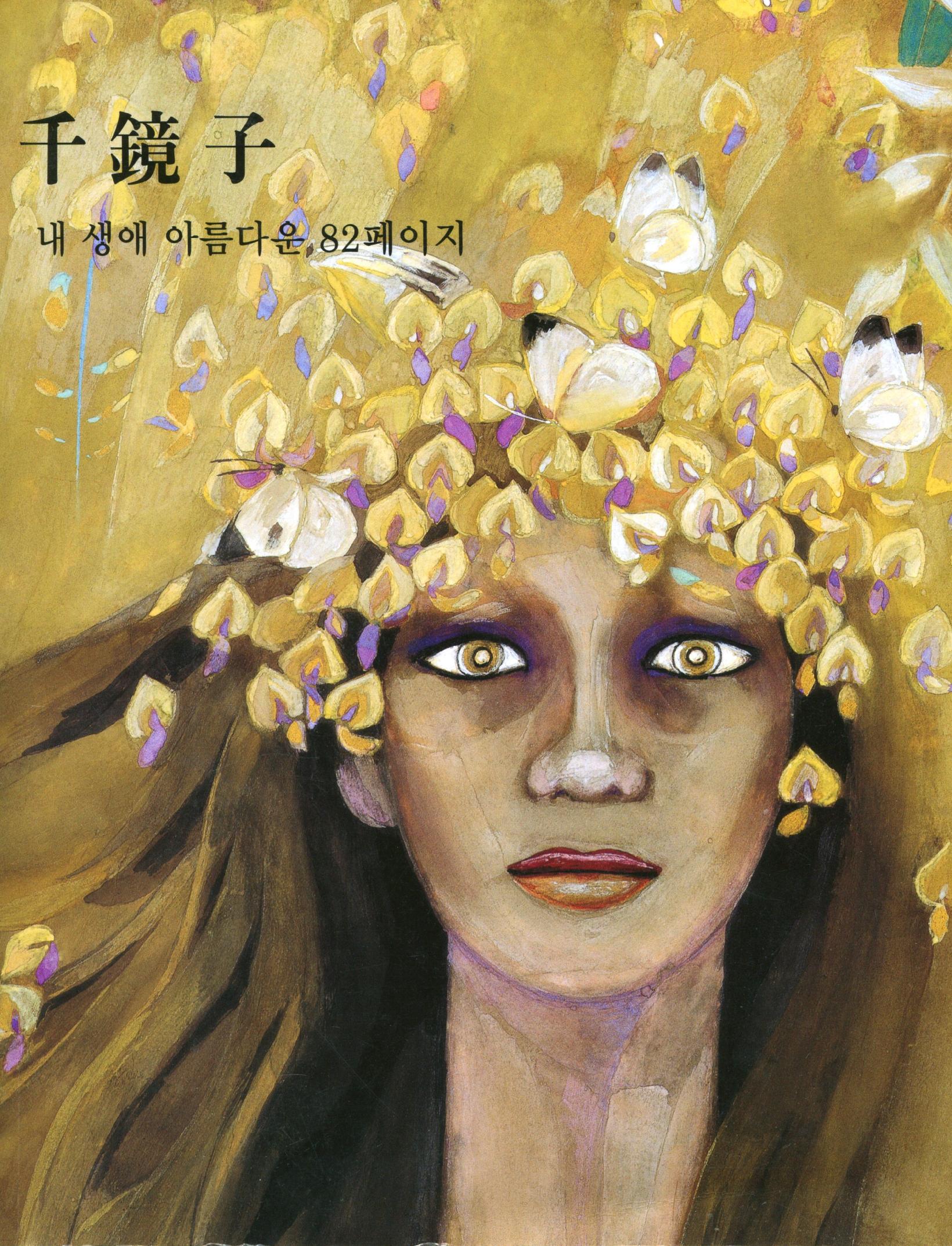
Gallery Hyundai has held a total of five exhibitions of Chun Kyungja’s work, including her first-ever solo show in 1973. Indeed, Chun’s relationship with Gallery Hyundai can be traced all the way back to the gallery’s inaugural opening in 1970. On April 4th, 1970, at the gallery’s official opening event, Chun presented gallery founder Park Myung-ja with the painting On the Way to Hawaii (1969) as a gift. In 1969, while attending an exhibition of Chun’s works at the Press Center, Park had asked whether the piece, listed as six thousand won, might be purchased for half its asking price only to be rejected immediately. Remembering this incident, Chun used the occasion of the opening to give it to Park as a gift and token of congratulations for Gallery Hyundai’s opening. This budding relationship soon led to a solo show for Chun in 1973, followed by the African Scenery and Culture Exhibition in 1974, and Indian and Latin American Scenery and Culture in 1980. For her 2006 show Chun Kyungja: 82 Pages of My Beautiful Memory, Gallery Hyundai worked with the artist’s oldest daughter, Lee Hye-seon, as Chun herself was confined to a hospital bed in New York. The show was a success and drew countless visitors.
“I dream. Frightened by the clear, full, natural colors, I wake up with a roughly pounding heart and wait for the dawn. Together with the dawn I drink my coffee, my solitary morning feast begins. Then I paint all day. Only when I draw, I am happy.” 1)
In August of 2015, Chun left this world for the one of illusion and eternity she had been so long imagining. Before her departure, she donated many of her paintings to the city of Seoul. Chun Kyungja: flower and snake, painter of women, “perpetual narcissist,” her free spirit lives on forever in her work.
Heami Park is an artist and exhibition associate at Gallery Hyundai.
1) Chun Kyungja, Tango Flowing at Dusk, Sejong Book Center, 1995